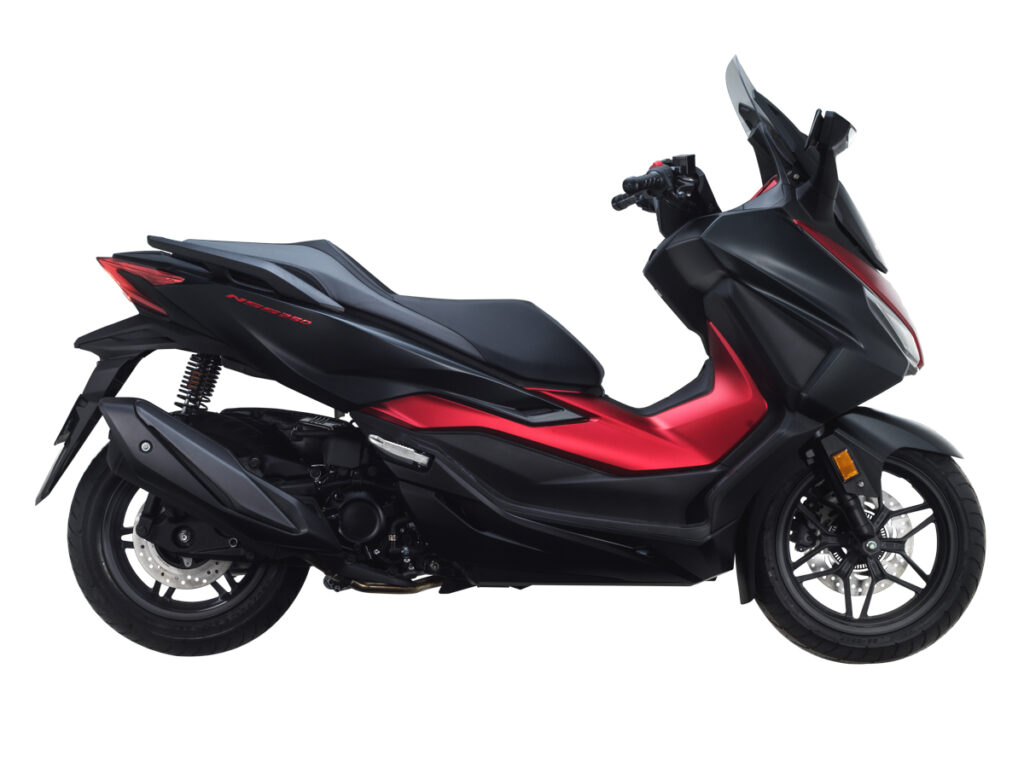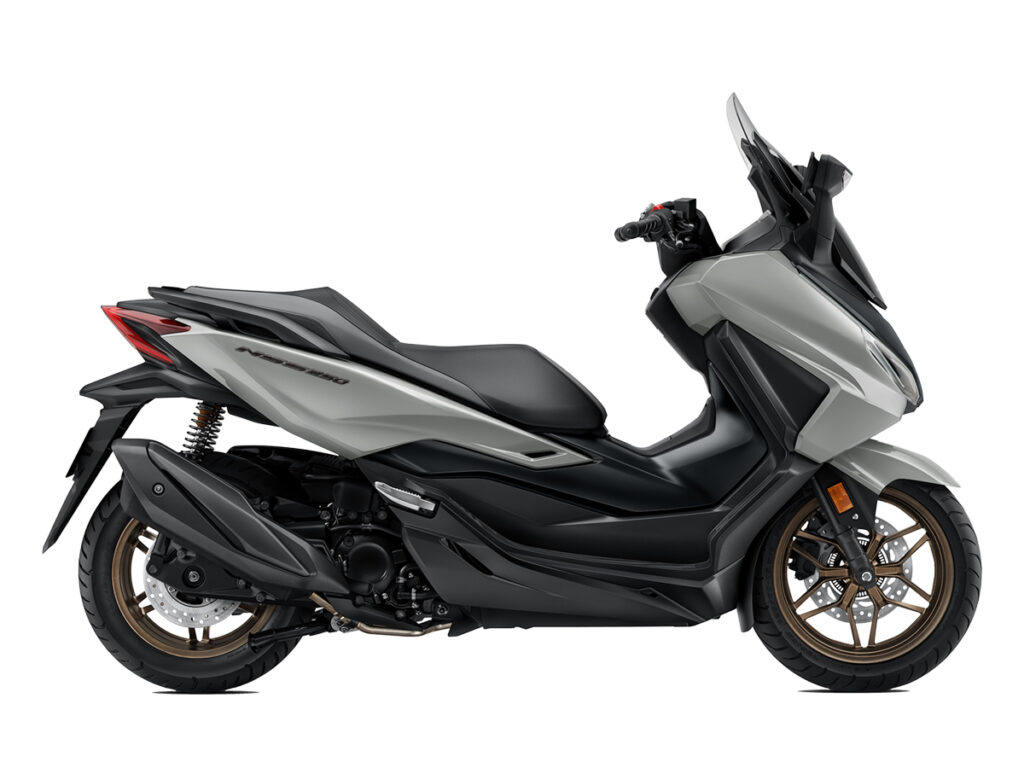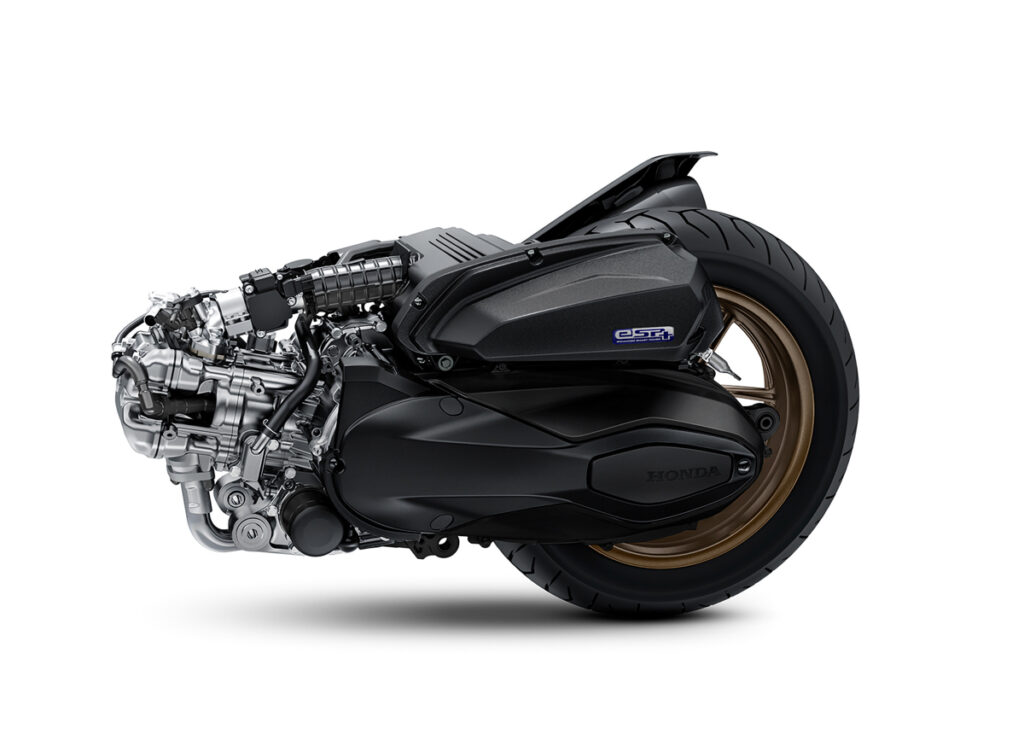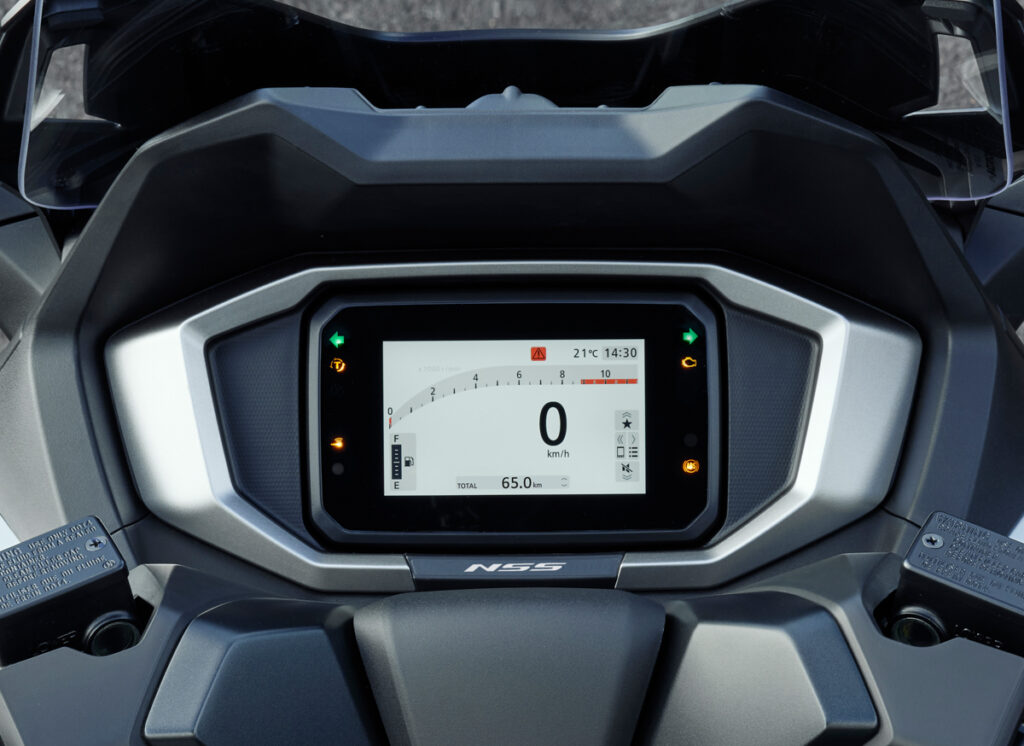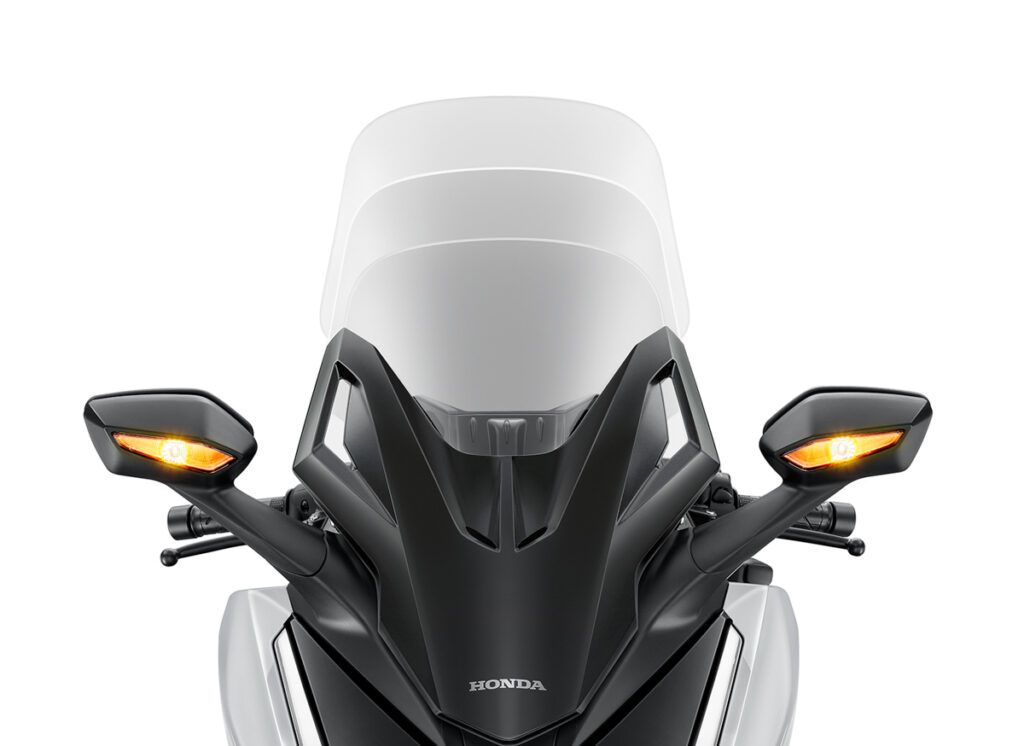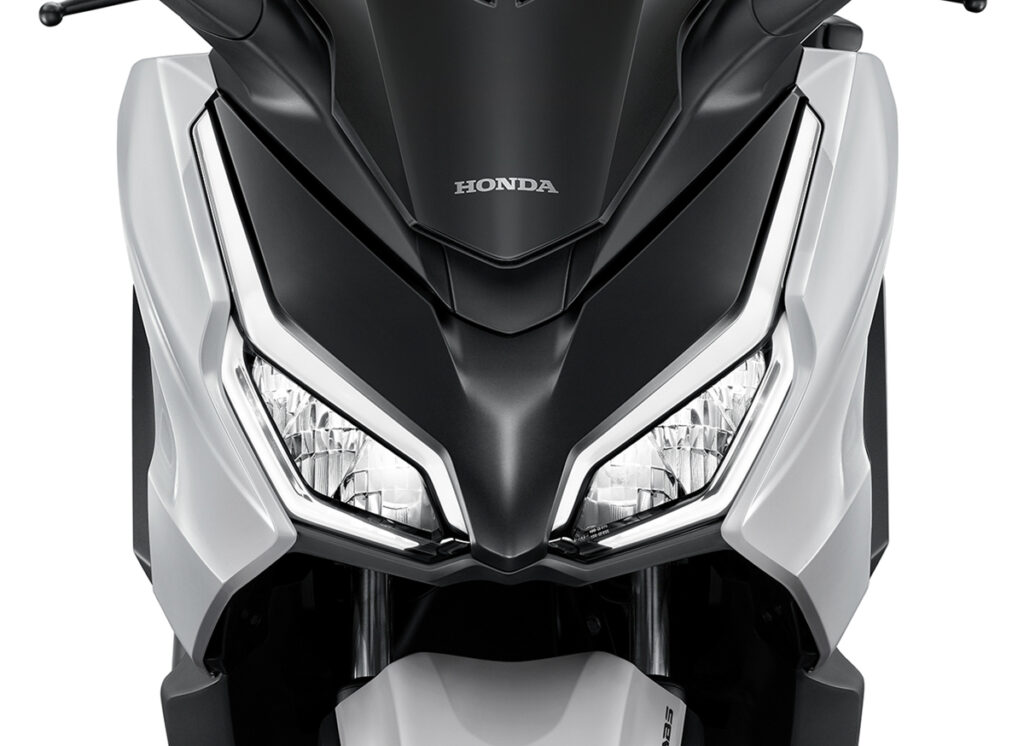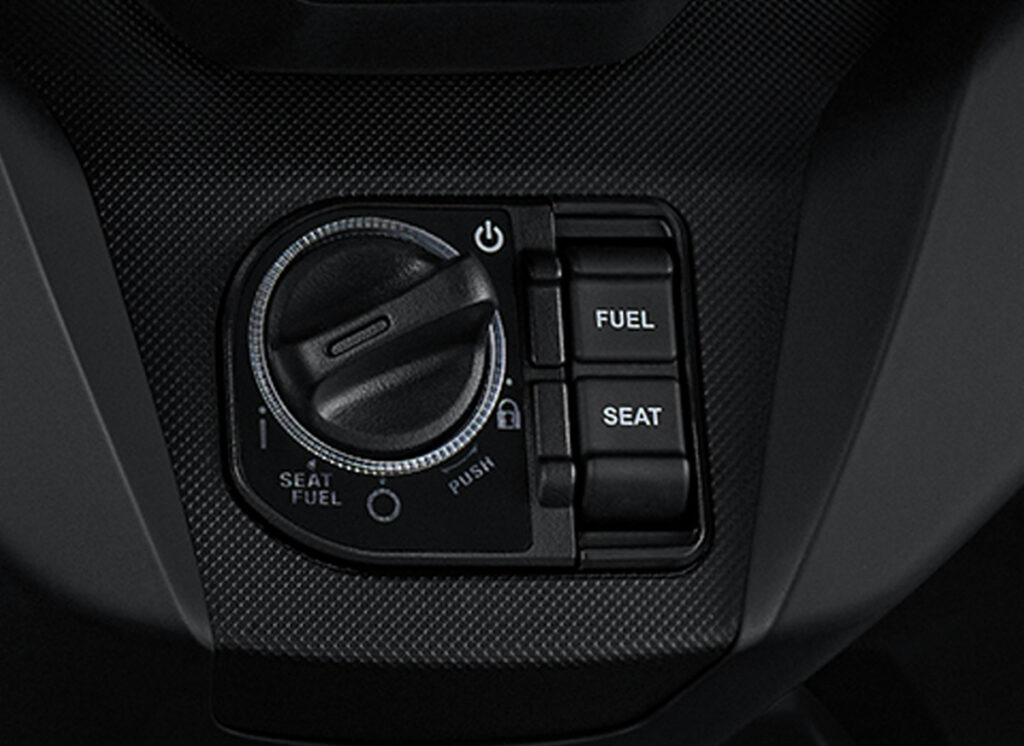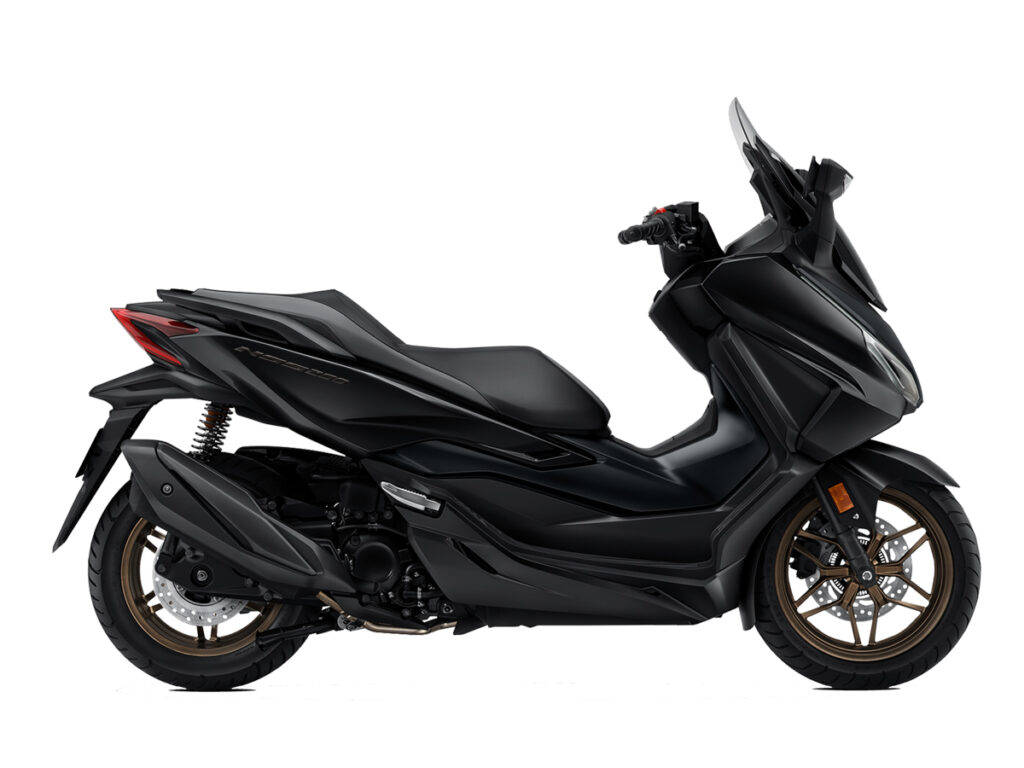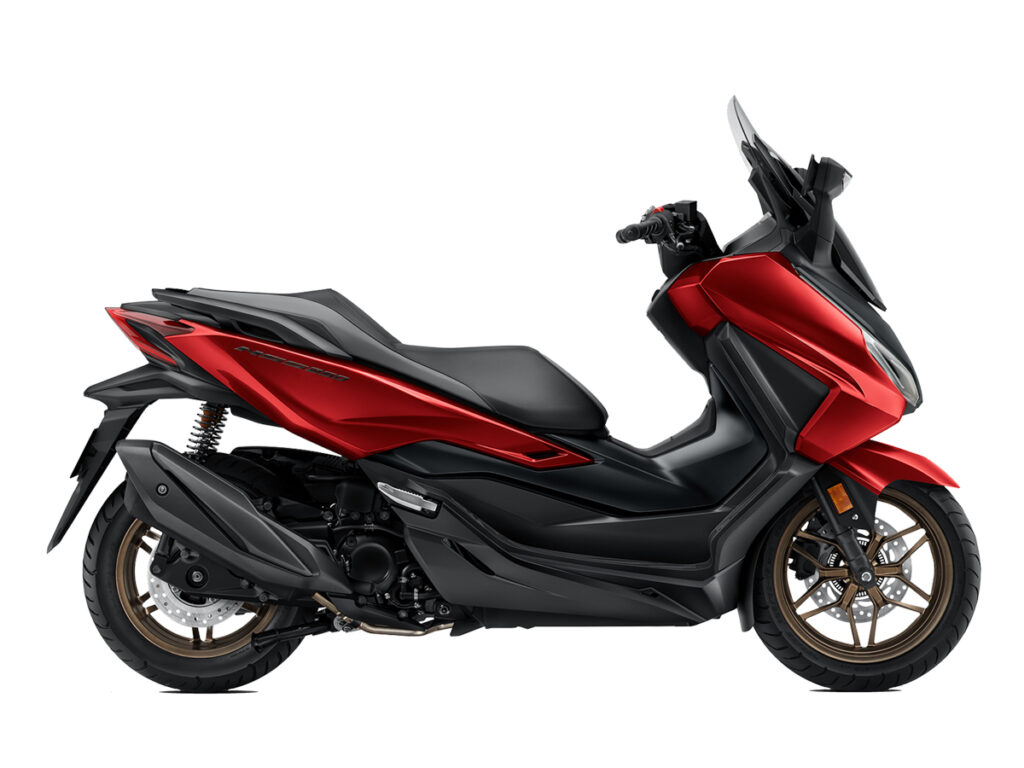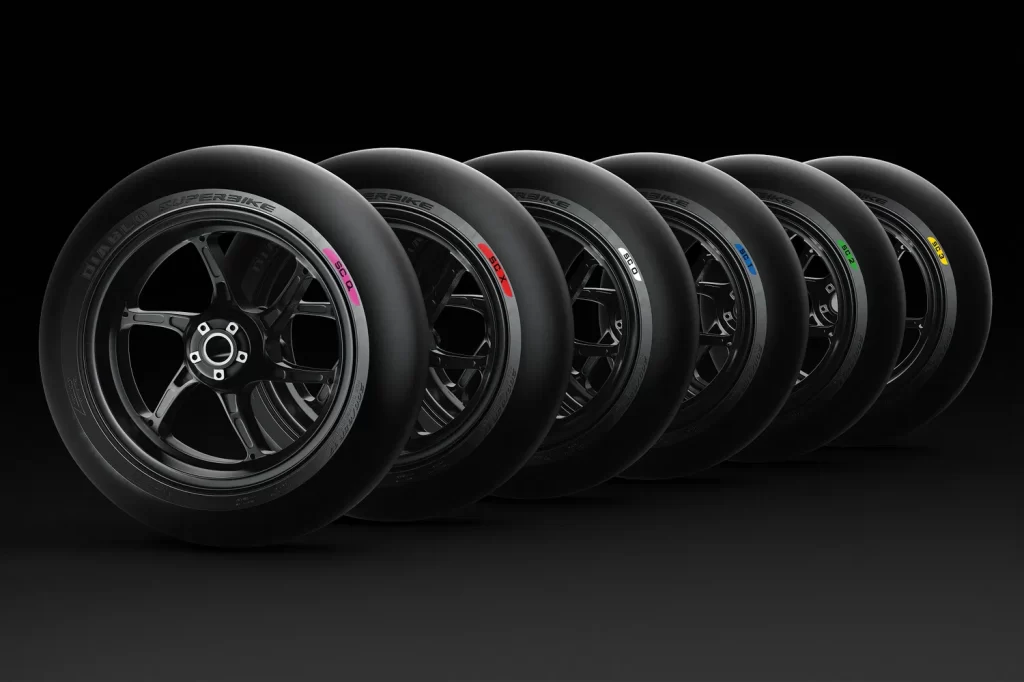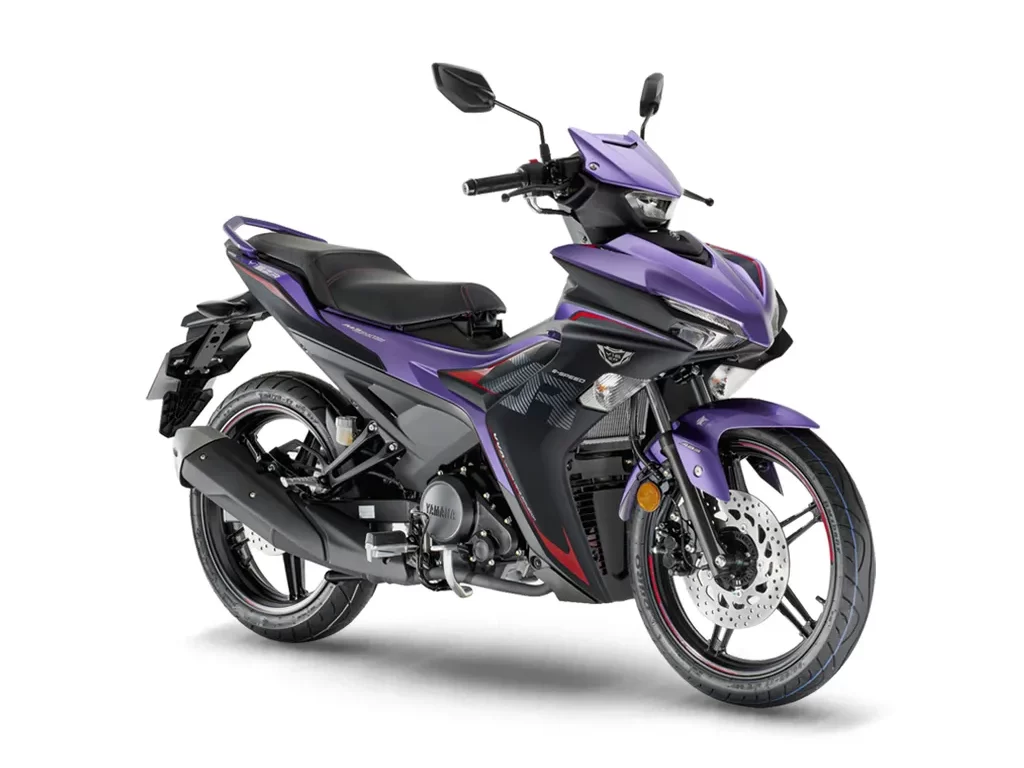BMW Motorrad Malaysia has launched the new 2025 BMW C 400 X and 2025 BMW C 400 GT.
These two premium models are the part of the “C”-series of BMW Motorrad’s “Urban Mobility” segment, thus the letter stands for “City.” The range also consists of the electric CE 02, and CE 04.

To refresh, the C 400 GT is equipped with a fully enclosing bodywork and large windscreen, fitting the “GT” (Gran Turismo/Grand Touring) moniker. The C 400 X, on the other hand, is the sportier version (BMW calls it “rugged”) which is perfect for scything through traffic and corners.

Benjamin Nagel, Managing Director of BMW Group Malaysia, said, “The Urban Mobility segment was the second-best performing segment for BMW Motorrad Malaysia in 2024, following only our popular Adventure segment. While the BMW CE 02 and BMW CE 04 represent our embracing of electrification within the segment, the 2025 BMW C 400 X and the 2025 BMW C 400 GT meanwhile embody our approach of Technology Openness – giving our customers the Power of Choice in navigating the city streets.”
Engine and transmission
- Both variants are powered by the proven 350cc, four-valve, liquid-cooled single-cylinder engine with a maximum power output of 34 hp (25 kW) at 7,500 rpm and a maximum torque of 35 Nm at 5,750 rpm.

- The engine is paired to a continuously variable transmission (CVT), and a powerset swingarm with high torsional rigidity.
Safety features
- Both are equipped with BMW Motorrad ABS Pro as standard.

- This feature ensures safety even when braking at a lean angle, and also prevents the wheels from locking even when the brake lever is pressed quickly and reduces abrupt changes in steering force.

- Dynamic Brake Control (DBC) function linked to the ABS Pro provides sensitive response, as well as high braking and driving stability with the best possible deceleration even when cornering.
- It works when the “sensor box” (ECU) delivers a certain deceleration value during braking, a simultaneous acceleration request by the driver is identified as implausible, preventing the throttle valve from opening, thus ensuring the vehicle remains stable and the braking distance is reduced.

- Dynamic Traction Control (DTC) and Engine Drag Torque Control (MSR) are also standard for the 2025 BMW C 400 X and 2025 BMW C 400 GT.
- DTC offers even more safety when accelerating at a lean angle or in slippery road conditions.

- MSR prevents unstable riding conditions that can occur during coasting or abrupt throttle reduction. The MSR achieves this by opening the throttle valves so far as to equalise the drag torque and stabilise the vehicle.
Connectivity and navigation
- The C 400 X features a large 6.5-inch TFT display as standard.

- As for the C 400 GT, a 10.25-inch TFT display is standard. The Connectivity Pro package offers split-screen functionality and map navigation.

- Both models also come with navigation preparation as an option, allowing riders to easily integrate the BMW Motorrad Connected Ride Navigator or Connected Ride Cradle for enhanced navigation capabilities.
Increased storage space and accessories
- Both variants also offer increased storage space, enhancing practicality for both daily commuting and longer trips.
- The 2025 BMW C 400 X now provides an additional 3 liters of storage under the seat.

- The 2025 BMW C 400 GT offers up to 12 liters of additional storage, including front pockets.
- The windshield on the C 400 GT is equipped with a manually adjustable windshield as standard.

- Both models come with luggage grid as standard, additional accessory can be accompanied by a 43.5-litre top case – which not only provides 13.5-litres more volume than before but offers a 10 kg payload compared to the previous 5 kg.
- The new top case also features electrification, in the form of interior lighting and a USB charging port.

- C 400 X comes with keyless ride and Headlight Pro as standard.
- There are also new original BMW Motorrad accessories, such as body protectors and hand guards for both models.

- The New BMW C 400 X, in addition to a redesigned front, comes standard in the new “Rugged” model variant, featuring a bold and dynamic design with Kalamata metallic matt body color, coloured seats in red and black, red rims, tyres in “offroad” look, footboard inlays, golden front brake calipers and heavily tinted windshield which gives the model a sporty appeal.

- The New BMW C 400 GT, on the other hand, comes standard in an “Exclusive” model variant, offering an elegant and sophisticated look with Diamond White metallic body color, golden rims, seat seam/embroidery in rim colour, floor lighting or footboard inlays, golden front brake calipers and slightly tinted windshield.

Financial Services
With the Financing Plan from BMW Group Financial Services Malaysia, ownership of the 2025 BMW C 400 X and the 2025 BMW C 400 GT starts from RM668.00 per month and RM748.00 per month respectively (based on the Straight Line Financing estimates of an 90% loan on a 7-year tenure). Owners can also enjoy additional benefits with the Industry-Leading Premium Engine Oil Inclusive, Service Inclusive, and Warranty Extension Programmes by BMW Motorrad Malaysia.
The retail price (on the road, with BMW Motorrad Malaysia’s All-New 3-Year Warranty and 3-Year Roadside Assistance Programmes, without insurance) for the New BMW C 400 X and the New BMW C 400 GT are:
- The 2025 BMW C 400 X: RM47,500.00
- The 2025 BMW C 400 GT: RM53,500.00
For more information on the New BMW C 400 X and the New BMW C 400 GT, visit the BMW Motorrad Malaysia website.














